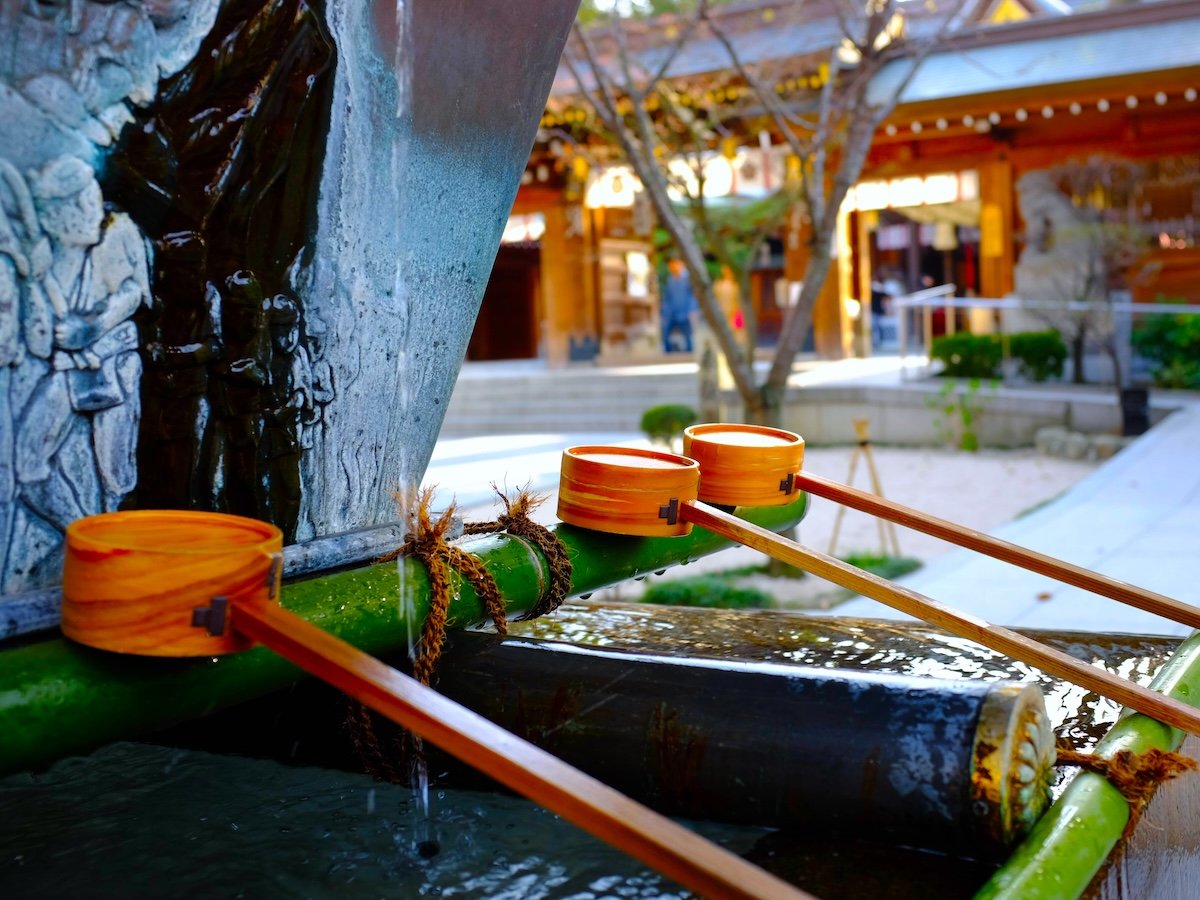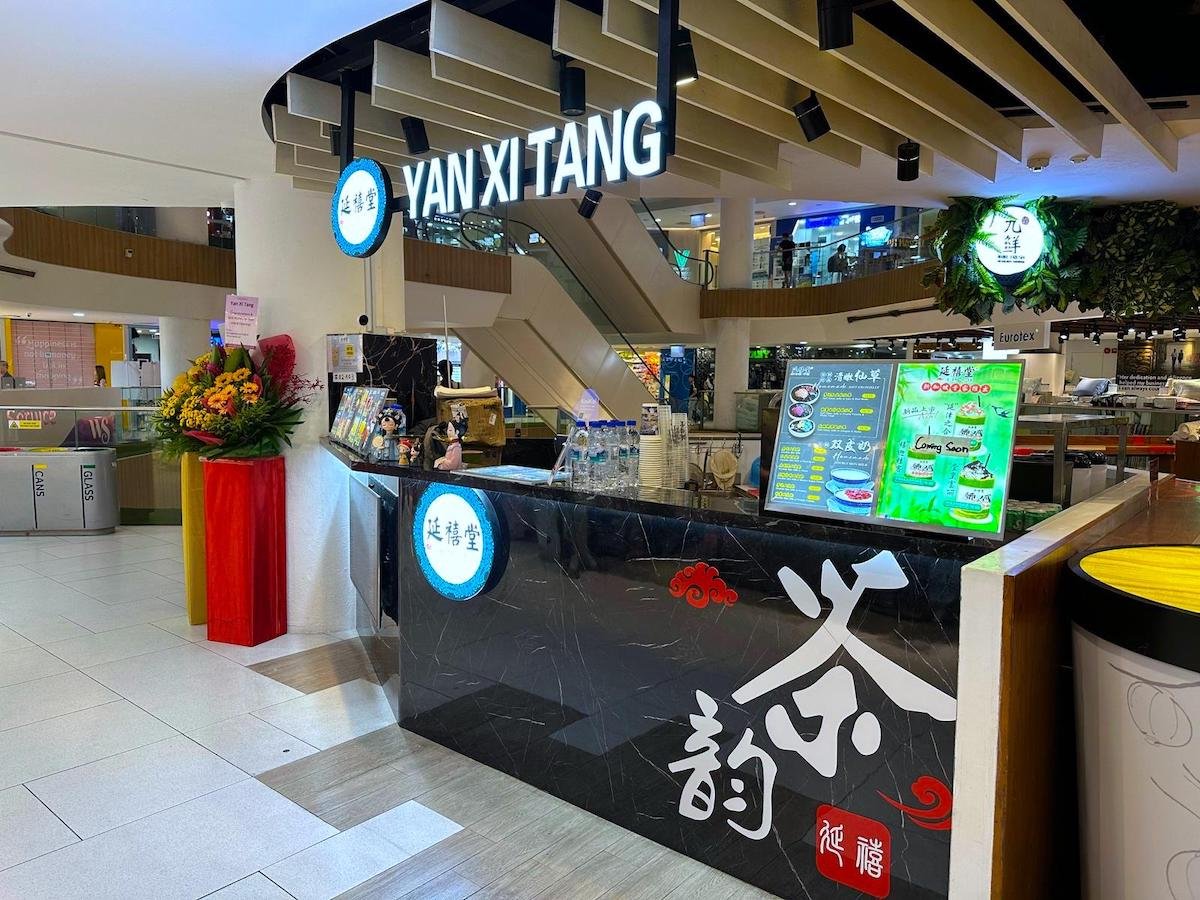Do Employee Benefits Cost a Lot in Singapore?
Before we get into the nitty-gritty of debating over the cost of employee benefits in Singapore, let’s lay down some basic facts and statistics.
Related: There’s More to Retaining Your Best Employees than Pay
Employee Benefits in Singapore
Mandatory benefits in Singapore are the Central Provident Fund (CPF), at least 7 days of annual leave (but the usual range is 14 days to 28 days), maternity/paternity pay, sick leave, and childcare leave.
The rest are all optional, but mainly fall into four categories.
The first is financial benefits, and covers paid time-off, retirement planning, bonuses, and flexible spending accounts. The second is work-related benefits, such as flexible working hours, and annual leave. The third is health benefits, such as medical coverage, sick leave, and maternity/paternity leave. The last is lifestyle benefits, which includes professional development, childcare arrangements, and covering for an employee’s necessities, such as travel, groceries, and other miscellaneous expenditure.
Employment Statistics in Singapore
There are roughly 292,400 enterprises in Singapore, and 99% of them are Small and Medium Enterprises (SMEs). To qualify as an SME, an organisation must have two main criteria. The first, be registered or incorporated in Singapore, and the second, their employment size must not be more than 200 employees, or their annual sales turnover not more than S$100 million.
There are roughly 3.4 million employees in Singapore, and 71% of them work in SMEs.
Current Sentiment Toward Employee Benefits in Singapore
85% of employees in Singapore think that employers should prioritise lifestyle benefits alongside medical benefits. However, 34% of employees reported that their companies do not offer lifestyle benefits. This number rose to 45% for smaller SMEs with less than 10 employees.
To sum up the current sentiment toward employee benefits in Singapore:
“What do we want?”
“Better benefits!”
“When do we want them?”
“Now!”
We might be exaggerating. Just a little bit. Maybe one Maggie Mee packet of seasoning’s worth of exaggeration to spice this article up and keep it entertaining.
At the same time, it’s not a far stretch to say that the expectations of employee benefits in Singapore have drastically changed, particularly so after the COVID-19 pandemic. Polls and surveys have shown that the pandemic has caused an inaugural shift in the life priorities for people worldwide.
People are focusing less time on their career, and are instead prioritising human connection, be it with their loved ones, or themselves.
The Cost of Employee Benefits in Singapore
Employee benefits can cost a pretty penny in Singapore. Sorry- not pretty penny. Dretty dollar since we’re in Singapore and not in Britain.
That joke fell so flat it needs surgery to fix its nose. It’s like Voldemort’s nose level of flat.
Harry Potter. Credit: Warner Bros.
Okay, what we’re trying to get at is that is can be expensive for employers to get good employee benefit packages in Singapore. Employees reading this – we can see you hovering over the red “X” button to close this tab.
Please don’t. We too, are employees, who need to put food on the table at home. You can’t see it right now, but I’m currently kneeling on the floor in supplication for the safety of my next Salted Egg Crab.
Anyways, it’s true that employers can spend upwards of a thousand per employee on insurance packages. Those employers that actually bother with the provision of employee benefits, anyways.
You might be asking: “Are there actually companies in Singapore that still don’t offer employee benefits nowadays?” Yes, yes there are. Don’t get us wrong. We’re not defending those employers that don’t provide employee benefits.
Consider this, though.
Starting a business in Singapore is easy-peasy. All you need is a couple of hundred dollars, and you’ve got yourself registered on ACRA and ready to rumble. But to run a business and keep it up and running?
That’s hard.
Especially so for SMEs, who might not have the financial capabilities of their larger counterparts. SMEs have to contend with a tighter cashflow, which makes it more difficult for them to afford employee benefits for their workers.
Sometimes, it’s all too easy for employees to say, “We want bigger and better things!”, but we would like to gently entreat these employees to know that it’s sometimes difficult for employers to provide them with whatever they’ve asked for, due to financial constraints.
On the flipside – those employers who are standing behind us and nodding your heads going, “Yeah! It’s not that easy for us too, you know?”, please stop hiding behind us.
It takes two hands to clap, two adults to make one baby, and two big lemons to make one very small cup of lemonade. After all, there are plenty of other things employers can do to offer better benefits for their employees.
Listening to what they want would be a great start, for example.
Some employee benefits don’t require money. For example, flexible work arrangements with remote employees working in hybrid workplaces tend to save companies money because they pay less in rent, utilities, travel and relocation expenses, cleaning, security services, and food.
That’s just *one* example out of many. It differs from company to company, after all. What works for one might not work for the other.
Lifestyle Employee Benefits At No Additional Cost
Like we mentioned earlier, we need to put food on the table. I have Salted Egg Crabs I wish to purchase.
Please bear with us as we give you a quick introduction to Purple Rewards.
One of the most common employee benefits in Singapore purchased by employers for their employees are insurance policies. What if we told you that employers could continue paying the same amount for their policies, receive all coverage under chosen policies, and provide lifestyle benefits for employees at no additional cost?
With Purple Rewards, that’s exactly what you get.
Here’s a general diagram summarising how Purple Rewards works. To put it simply, think of Purple Rewards as a rewards platform for employees. A wide range of brands from different consumer industries exist on it, such as fashion, food, massages, and more.
Employee benefits are not a one-size-fits-all solution to every single employee. After all, we are all vastly different in our needs, wants, and dislikes. With Purple Rewards, employees are empowered with the power of choice over the lifestyle benefits they need to better their quality of life. This negates the gap between what employers think employees want, versus what employees actually want.
No more second-guessing if that employee benefits package is the best choice for employees. Now, employees choose what they want.
At no additional cost to employers.
Good things need to be said in threes, so we’ll say it two more times.
Buy typical insurance, pay no more than insurance premiums, get lifestyle benefits for free. Additional cash vouchers to stack on top of that from commission that Affinite earns.
Free lifestyle benefits for employees, at no additional cost to organisations.
Everybody wins.
Interested in learning more about how this works?


















